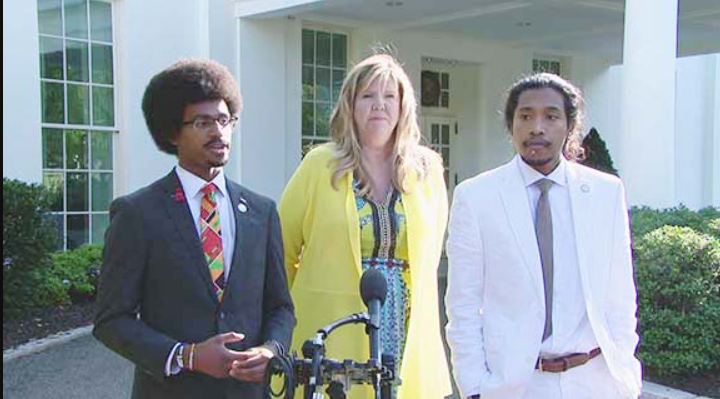Sen. Patty Murray’s 10,000th vote in the Senate last week as the first woman to reach that mark is the latest milestone in a long career that has seen her break numerous records in a chamber dominated by males for centuries.
The Washington Democrat was also the first woman to serve as chair of the Senate Veterans Affairs and Budget committees and as president pro tempore.
Debbie Walsh, director of the Center for American Women and Politics at Rutgers University in New Jersey, explains, “In some ways, it is significant that she is the candidate.” In addition to all of her accomplishments, she represents a pivotal juncture in the political history of women.
Murray’s political career began in 1980, when Washington eliminated a preschool program that her young children attended and where she volunteered. She packed up her children and drove them to the state capital to lobby for the reinstatement of the funds.

One state lawmaker dismissed her efforts by calling her “just a mom in tennis shoes.”
She responded with a statewide parent campaign to restore the funds. She then served a four-year term on her local school board, followed by a four-year term in the state Senate.
“I figured that I could sit at home and say, ‘Oh, well, that’s too bad,’ or I could get involved and be a part of the decision-making process,” Murray later wrote in “Nine and Counting: The Women of the Senate,” a book she co-authored with the other eight female senators of the 106th Congress.
When Murray campaigned for the Senate in 1992, she used the mom-in-tennis-shoes insult as a campaign symbol, which helped her stand out in a male-dominated political arena.
“So many women have been taken less seriously due to their gender,” Walsh says. “She used that to her advantage.”

Since 1922, women have only served in the Senate. Rebecca Latimer Felton, a Georgia Democrat, was the first woman to serve in the chamber. She occupied a vacant seat for one day. Hattie Caraway made history nine years later when she became the first woman elected to the Senate, serving until 1945. Margaret Chase Smith subsequently became the first woman to serve in both houses of Congress.
The 1991 Anita Hill hearings are cited by scholars as another pivotal event.
Anita Hill testified that then-Supreme Court nominee Clarence Thomas had sexually tormented her when there were only two women in the Senate, Kansas Republican Nancy Kassebaum and Maryland Democrat Barbara A. Mikulski. At that time, no women had ever served on the Judiciary Committee.
It was a “collective moment in which women realized how white and male the United States Senate was,” Walsh recalls. “Seeing a young black lawyer and law professor speaking her truth to no one of her appearance”
Walsh states that this set the stage for the 1992 elections, labeled the “Year of the Woman,” the first time that four women were elected to the Senate at the same time: Murray, Sen. Dianne Feinstein, and former Sens. Barbara Boxer and Carol Moseley Braun.
Only 32 other senators have ever attained the milestone of 10,000 votes. Mitch McConnell (R-Kentucky) and Charles E. Grassley (R-Iowa) are the only senators currently serving who have done so.
Mark Harkins, a senior fellow at Georgetown University’s Government Affairs Institute, describes this as a convergence of two distinct circumstances. “First, women were unable to establish a 30-year career. Recent years have seen an increase in the number of Senate ballots per year.
During the 117th Congress, the Senate cast nearly 1,000 roll call ballots, according to Harkins.
On April 20, during debate on a bill to reauthorize the U.S. Fire Administration, Murray cast her 10,000th vote. She voted in favor of Sen. Chris Van Hollen’s (D-Maryland) amendment that would have required the Federal Emergency Management Agency to establish a grant program for erecting and upgrading fire departments.
Both party leaders, Majority Leader Charles E. Schumer of New York and Minority Leader Mitch McConnell, praised and congratulated the accomplishment.
Harkins also commented on the significance of the vote: “It’s significant that a woman has finally reached 10,000 votes because it demonstrates that, despite the lack of parity, a long-serving female member can have an impact.”




